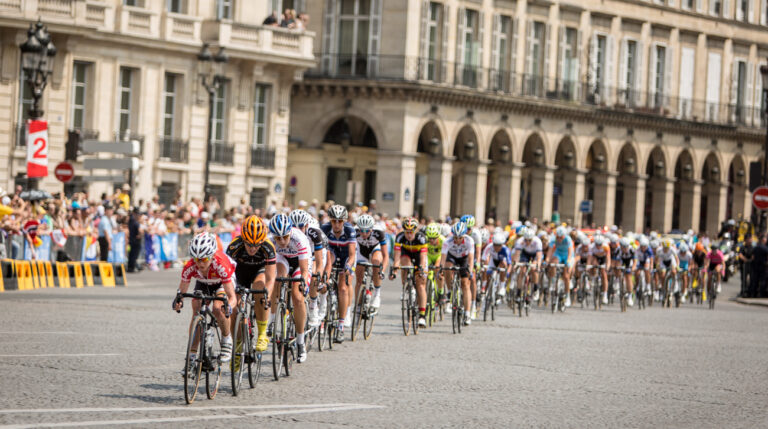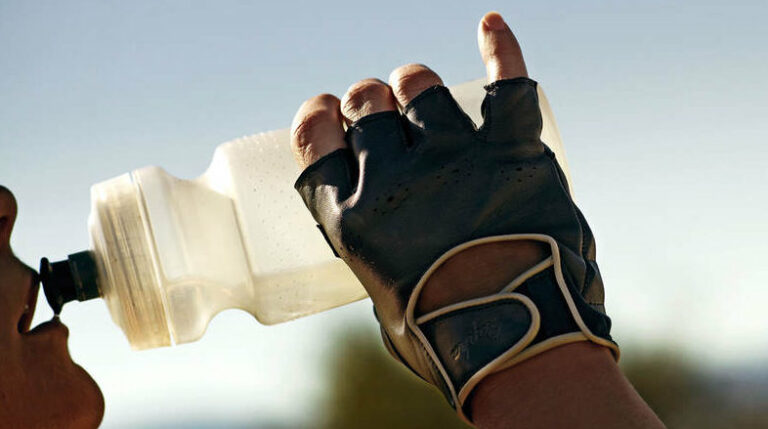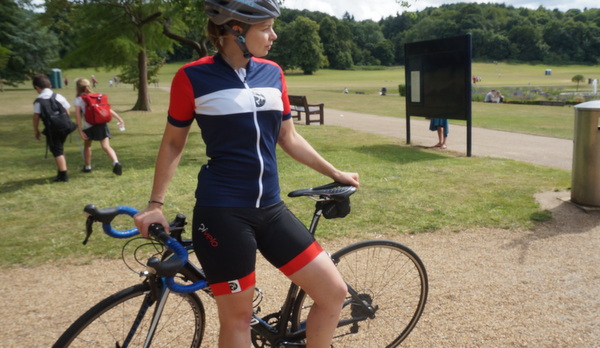
No one likes to contemplate falling off their bike – but it is worth knowing how to deal with the after effects should you be unfortunate enough to take a tumble.
Many road cycling crashes tend to result in road rash – grazes and abrasions from catching the tarmac. You’ll often feel little pain initially, as adrenaline comes into play to help you get home, but over the next few days, you might find the area stings and is uncomfortable.
Before you begin to work on treating road rash, make sure you check yourself out elsewhere – and don’t let the stinging allow you to overlook any more worrying pains that could indicate breaks, sprains or ligament damage. You should also visit a doctor if your wound is bleeding heavily, for example, if applying pressure for over ten minutes does not slow the flow.
A Beginner’s Guide to ‘Clipping-In’ on the Bike
Assuming you’re only suffering from minor road rash, treating it at home should be fairly easy and doesn’t require a lot of expertise.

It’s worth keeping a few supplies in your medical cabinet, ready to treat potential ailments in the future. Keeping some simple antiseptic cream and hydrocolloid plasters in stock will mean should you take a fall, you can sort yourself out as soon as you get home, without having to stop off at a chemists or make an extra trip.
Here’s what you need to do to treat road rash:
- Firstly, sterilise the area. Make sure your hands are clean, and ideally use some anti-septic wipes so that you don’t have to touch the skin too much.
- With any obvious ravel and dirt removed, you can then go on to gently use an (ideally unscented) antiseptic soap with water to make sure the patch of skin is well and truly clean. Gently pat the area down so it’s completely dry.
- If any cuts are still bleeding, use a clean cloth and apply pressure to the area until the bleeding stops. If this takes over ten minutes, consider seeing a doctor.
- Once the area is clean and easy to see, look a little closer for any tiny bits of gravel or dirt. If you’ve been unfortunate enough to bring some of the road with you, sterilize a pair of tweezers with alcohol gel and use them to pick out any foreign objects. If there’s anything lodged so deep that you can’t reach it, it’s worth popping to the doctor.
- Next up, it’s time to apply a thin layer of antiseptic cream – such as Savlon. Rub this in gently, without applying too much pressure.
- Your final task is to apply a hydrocolloid plaster. These are incredibly effective for aiding healing – they work by keeping the wound moist, preventing skin from drying out. This prevents cell damage, and can prevent scarring, as well as relieving pain. They also keep the area germ free, which is exactly what you want during the healing process.
Try not to fiddle with the plaster too much, only replace if it seems to be coming loose or free from the skin – otherwise it’s best to leave it there until the wound has healed and new skin is beginning to form.
Remember, crashes happen to the best of us – here’s Dani King’s advice on staying positive after a fall.
Meeting the ground can affect your confidence, so if you find you’re feeling a little nervous when you next get on the bike, check out this piece on cycling and the psychology of fear.





